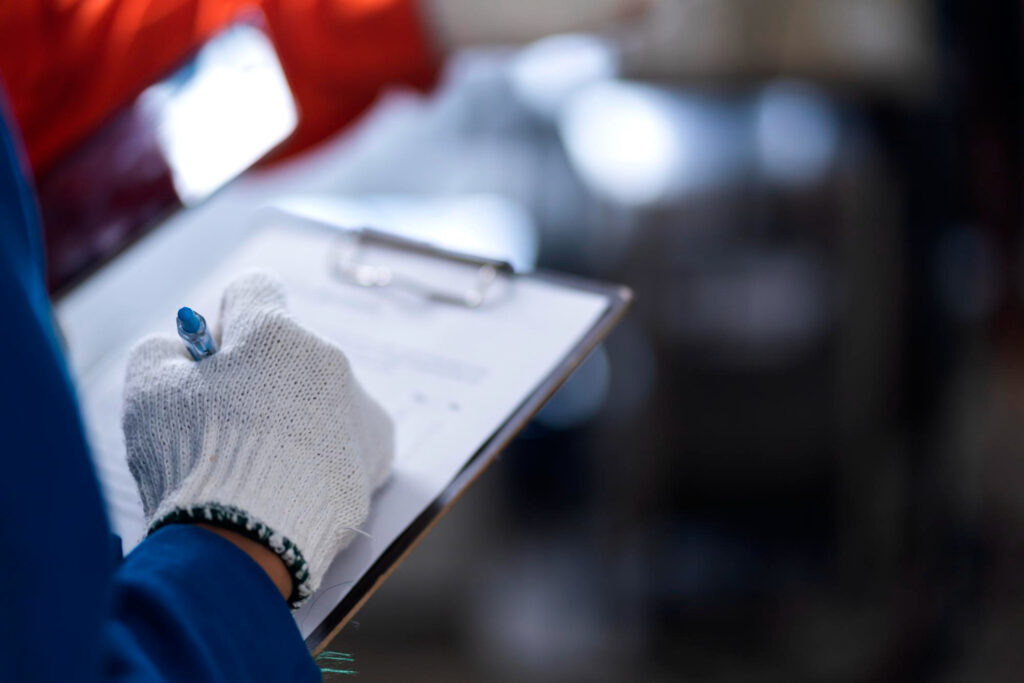Ever wondered why so many rooftops are going solar across Punjab and beyond? Here’s a clue: a well-sized on-grid setup can shave a big chunk off monthly bills while staying incredibly simple to live with. In this guide, we’ll walk through how these systems work, why they offer standout value, and how to plan one that genuinely fits your home or small business. You’ll see the practical side of it—without fluff. And yes, we’ll talk about the real Benefits of Grid Tied solar energy systems in Pakistan in plain language.
Table of Contents
Introduction
Here’s a quick question: if your daytime units are the most expensive, doesn’t it make sense to produce those units yourself? That’s the core idea. Grid-tied (on-grid) solar sends your solar power into your home first and then into the utility when there’s extra, earning credits under net metering. I like it because it keeps things simple—no batteries to manage, fewer moving parts, and a clear path to savings.
You’ll find a natural rhythm here: short explanations, a couple of well-placed tables, and tight bullet points where they help most. By the end, you’ll know what matters, what to skip, and how to get started confidently.
System overview: How grid-tied solar works in Pakistan

What “grid-tied” means
A grid-tied system uses photovoltaic panels and an on-grid inverter that synchronizes with your utility. During the day, your appliances draw solar first; the grid makes up any shortfall. When solar production exceeds consumption, a bi-directional net meter records exports, which appear as credits on your bill. For safety, anti-islanding protection shuts the system during an outage—so no backfeed into the lines.
- Core idea: Use your own clean power first, then trade fairly with the grid via net metering.
- No batteries: Lower cost, lighter maintenance, and simpler monitoring apps (from most inverters).
- Safety basics: Certified protection devices, proper earthing, and compliant interconnection with your DISCO.
Core components
- PV modules: Mono PERC or N-type (TOPCon/HJT) with long performance warranties.
- Inverter: String inverter or microinverters with reliable MPPT tracking and a solid local service network.
- Balance of system: Mounting structures, DC/AC isolators, breakers, surge protection, cabling, and monitoring.
On-grid vs hybrid vs off-grid
Here’s a quick side-by-side so the differences are crystal clear.
| System type | Upfront cost | Backup in outages | Net metering fit | Maintenance | Best use case |
|---|---|---|---|---|---|
| On-grid | Lowest | No | Excellent | Low | Homes/SMEs with stable grid, bill savings focus |
| Hybrid | Medium–High | Yes | Good | Medium | Users needing backup for load-shedding |
| Off-grid | Highest | Yes (full) | Not applicable | Medium–High | Remote sites without a reliable grid |
Tip: If backup is essential, a small hybrid battery (even 3–5 kWh) for key loads can be a smart compromise.
Benefits in Pakistan: Financial, operational, and environmental — Benefits of Grid Tied solar energy systems in Pakistan
A big reason on-grid solar is popular here is the balance of savings and simplicity. You cut imported units during peak daylight hours and earn credits when production exceeds your needs. Add the fact that modern inverters make performance tracking easy, and you get a system you can set up and live with comfortably.
Financial benefits — Benefits of Grid Tied solar energy systems in Pakistan
- Lower monthly bills: Daytime solar offsets expensive imported kWh, trimming energy charges and taxes linked to usage.
- Net metering credits: Excess units exported to your DISCO (LESCO, FESCO, MEPCO, IESCO, etc.) reduce future bills.
- Faster payback: Without battery costs, payback periods are usually shorter than hybrid or off-grid setups.
Operational benefits
- Simple ownership: With fewer components, routine O&M typically means cleaning panels and periodic electrical checks.
- Scalable design: Start with a modest array; add panels later if your loads grow (extra AC, EV, or machinery).
- Transparent monitoring: Inverter apps show generation, consumption, and exports, so you can spot issues early.
Environmental and property value
- Cleaner energy: Each solar kWh displaces fossil-heavy grid electricity, cutting your carbon footprint.
- Local grid support: Daytime exports can ease feeder stress during sunny hours.
- Buyer appeal: A solar-ready home often stands out—low running costs are a strong selling point.
Costs, net metering, and ROI in Pakistan
Getting value isn’t only about the sticker price. It’s about quality components, a good design, and a clean interconnection process so your system performs reliably for years.
Cost structure
Here’s a practical breakdown of where the money goes. Use it to compare quotes apples-to-apples.
| Cost element | What’s included | What to check |
|---|---|---|
| Panels | Brand, technology (PERC/N-type), warranties | Performance warranty terms, verified datasheets |
| Inverter | Efficiency, MPPT count, monitoring | Local service network, firmware support |
| BOS and mounting | Structures, DC/AC protection, cabling | Corrosion resistance, certified breakers, cable sizing |
| Design and labor | Site survey, engineering, installation | Installer credentials, workmanship quality |
| Interconnection | Net meter, application, inspection | DISCO experience, documentation accuracy |
- Quality matters: Cheaper gear can reduce yield and increase downtime, hurting long-term savings.
- Ask for transparency: A clear bill of materials (with model numbers) helps you compare proposals.
- Think lifetime: Consider efficiency, degradation rates, and warranty support—not just upfront cost.
Net metering essentials

Net metering lets you export surplus and earn credits that offset future consumption. The process typically involves an application with your DISCO, technical review, installation of a bi-directional meter, and commissioning. You’ll see “import” and “export” units on the bill; credits usually carry forward under current rules.
- Eligibility basics: Active service connection, compliant inverter with anti-islanding, and approved single-line diagram.
- Paperwork checklist: CNIC, latest bills, ownership/authorization letter, equipment specs, drawings.
- TOU awareness: If you’re on Time-of-Use tariffs, align heavy loads with solar hours for better savings.
Payback and ROI
Your payback depends on generation, self-consumption, export credits, and tariff trends. Many homes find the sweet spot by shifting flexible loads—laundry, dishwashers, water pumps—to sunny hours. Personally, I like using inverter app alerts to schedule these; it’s a small habit that adds up over time.
- Main drivers: Irradiance, shading, panel orientation/tilt, inverter efficiency, and system uptime.
- Boost ROI: Keep panels clean, trim shading, and time energy-hungry tasks during peak production.
- Think stability: A well-installed on-grid system with strong warranties delivers consistent value year after year.
Sizing, components, and installation process
Getting sizing right is half the win. The other half is choosing components you can count on—and installing them cleanly and safely.
Sizing for homes and SMEs
- Bill analysis: Look at monthly kWh, peak loads, and how much you use during the day.
- Site realities: Roof area, shading from nearby buildings/trees, and safe access matter more than you think.
- Phase matching: Make sure the inverter suits your single- or three-phase connection to avoid bottlenecks.
Component selection
- Panels: Tier-1 brands, strong warranties, and reliable performance in heat. N-type panels tend to handle high temps well.
- Inverters: Aim for high efficiency, enough MPPTs for split roof faces, and a service center you can actually reach.
- BOS and mounting: Galvanized or aluminum structures, properly rated breakers, SPD protection, and neat cable management.
Installation and approvals
This quick table helps you track the stages without guesswork.

| Stage | What happens | What to confirm |
|---|---|---|
| Site prep | Structural check, roof sealing, layout | Safe loads on roof, clear cable paths |
| Installation | Mount rails, fix panels, wire DC/AC, earthing | Correct tilt/azimuth, tidy wiring, labeled breakers |
| Testing | Inverter setup, monitoring, safety checks | App connection, fault-free test run |
| Interconnection | Utility inspection and net meter | Approved documents, export reading visible |
- Safety first: Proper earthing and certified protection devices aren’t optional.
- Clean finish: A tidy array and labeled breakers make maintenance easier for years.
- Handover pack: Ask for drawings, warranty cards, and monitoring login before final payment.
Conclusion and Call to Action
Grid-tied solar offers a rare combination in Pakistan’s current energy market—lower bills, straightforward ownership, and the fastest path to ROI compared to other solar setups. By skipping the cost and complexity of batteries, you put more of your investment directly into high-efficiency panels and inverters that start paying you back from day one.
The steps are straightforward:
- Assess your load and find a system size that covers as much of your daytime usage as possible.
- Choose reputable installers who know the net metering process with your specific DISCO.
- Focus on quality equipment with warranties that actually mean something locally.
If you’ve been hesitating, now’s the time to at least request a couple of site surveys and detailed proposals. Compare not just the upfront cost, but the lifetime yield and support you’ll receive. A well-installed system can serve you for decades—and every sunny day without it is a missed opportunity for savings.
ALSO READ:Understanding the Specifications of Solar Panels – Expert Guide
FAQS
Will a grid-tied system work during load-shedding?
No. For safety, grid-tied systems shut down automatically when the grid is off. This prevents electricity from flowing back into the lines and protects utility workers. If backup power is essential for you, a hybrid system with batteries is a better fit.
Do I need to install batteries with an on-grid solar setup?
Not at all. One of the main appeals of grid-tied solar is skipping batteries to keep costs down and maintenance minimal. Batteries are optional—useful only if you want to power certain appliances during outages.
What documents are required for net metering approval in Pakistan?
Generally, your DISCO will ask for your CNIC, a recent electricity bill, proof of property ownership or authorization, equipment datasheets, and a single-line diagram of the system. Your installer usually prepares and submits these.
Can tenants install solar on rented property?
Yes, but you’ll need your landlord’s written consent before the utility will process your application. It’s also worth agreeing on who benefits from the credits and who maintains the system.
How much maintenance does an on-grid system need?
Very little. The main task is cleaning the panels every few weeks to remove dust for optimal performance, plus an annual electrical inspection.


